International Space Science Institute Sets up its First Branch in Beijing
On July 16, 2013, the inauguration ceremony of the International Space Science Institute-Beijing (ISSI-BJ) was held at the National Space Science Center, Chinese Academy of Sciences (NSSC, CAS) in Beijing. Professor Rafael Rodrigo, Executive Director of the International Space Science Institute (ISSI), and Professor Wu Ji, Chairman of the Board of Trustees of ISSI-BJ and Director General of NSSC, jointly inaugurated the new institute. During the opening ceremony, scientists also presented lectures on Chinese space science development, space weather monitoring and forecasting, and searching for extraterrestrial planets.
Representatives from Ministry of Science and Technology, Chinese National Space Administration, Chinese Academy of Sciences, Natural Science Foundation of China, Asia-Pacific Space Cooperation Organization and the relevant universities and aerospace industry attended the ceremony.
ISSI-BJ is jointly established by ISSI, headquartered in Bern, Switzerland, and NSSC with support from the Bureau of International Cooperation and the Space Science Strategic Program of CAS. As the only branch approved by ISSI’s Board of Trustees to share its brand, its Science Committee and the operating tools, ISSI-BJ will advance the internationalization of space science research, as well as provide an important window on Chinese space science to the scientific community.
ISSI-BJ is an advanced research organization dedicated to advanced multi- and interdisciplinary studies of space science. By making use of the extensive connections with worldwide leading scientists and institutions established by ISSI, ISSI-BJ will organize studies and provide research environment and facilities to scientists from all over the world, to reach out for new scientific horizons by using various tools, which have been developed and used in ISSI with outstanding output for many years.
The main function of ISSI-BJ is to contribute to the achievement of a deeper understanding of the results from different space missions (current and past), ground based observations and laboratory experiments, and adding values of those results through multidisciplinary research in the framework of International Teams, Workshops, Working Groups, Forums or as individual Visiting Scientists.
The program of ISSI-BJ covers a widespread spectrum of disciplines of space science, including solar and space physics, astronomy and astrophysics, planetary science, astrobiology and microwave gravity science, and earth sciences from space. It will also provide independent and dedicated studies for future space science missions, with agreement from the related agencies, from China and abroad, to ensure the innovativeness of the missions.
During this year, ISSI-BJ will support one international team, and four forums on the science topics of four background space science projects, including X-ray timing and polarization(XTP), space-based millimeter wave very long baseline interferometry (Space VLBI), solar polar orbit observation(SPORT) and magnetosphere-ionosphere-thermosphere coupling(MIT), for discussion and further demonstration of the scientific topics worldwide space science community.
ISSI was established in 1995 and funded by the European Space Agency, the Swiss federal government, the Russian Academy of Sciences, et al. Every year, ISSI organizes and supports researches of more than 800 scientists, with more than 30 international teams and dozens of meetings. The Space Sciences series publications have an important impact on the field of space science.
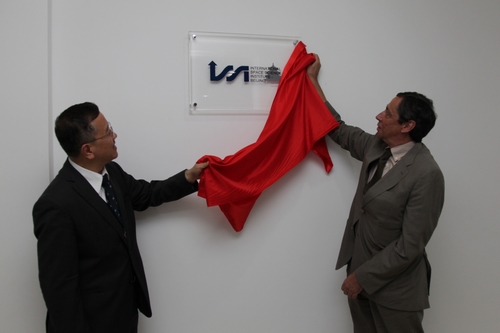
Image 1: ISSI-BJ inauguration
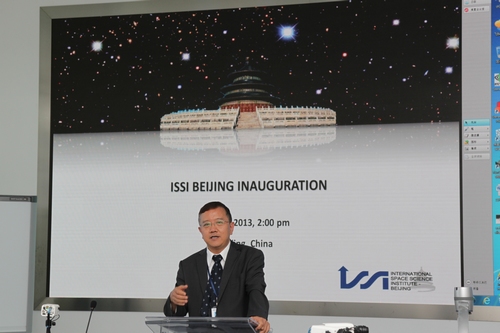
Image 2: Prof. WU Ji presents a lecture on space science program in China
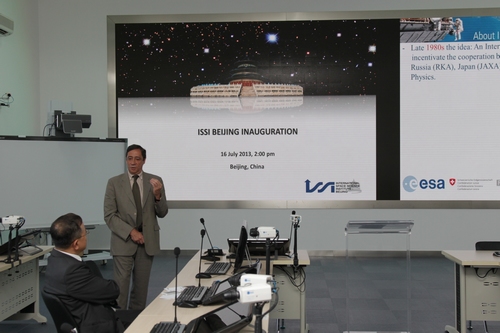
Image 3: Prof. Rafael Rodrigo gives introduction to ISSI
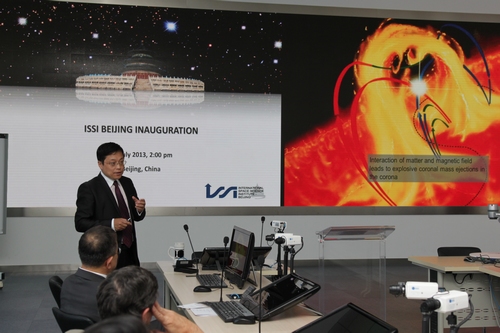
Image 4: Prof. LIU Weining presents a lecture entitled "space weather - current and planned observations in the solar system"
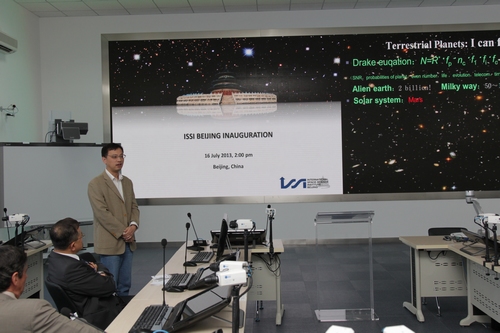
Image 5: Prof. CHEN Ding presents a lecture on exo-planet searching
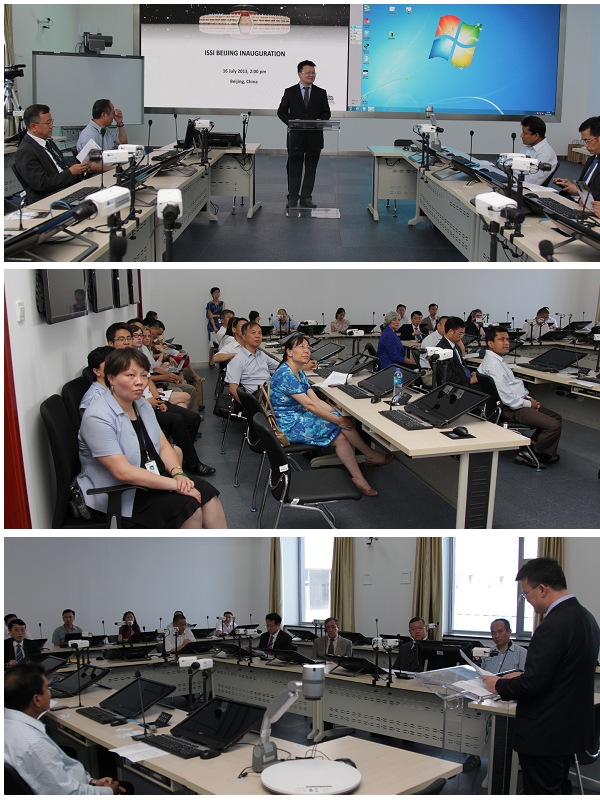
Image 6: lecture scene


